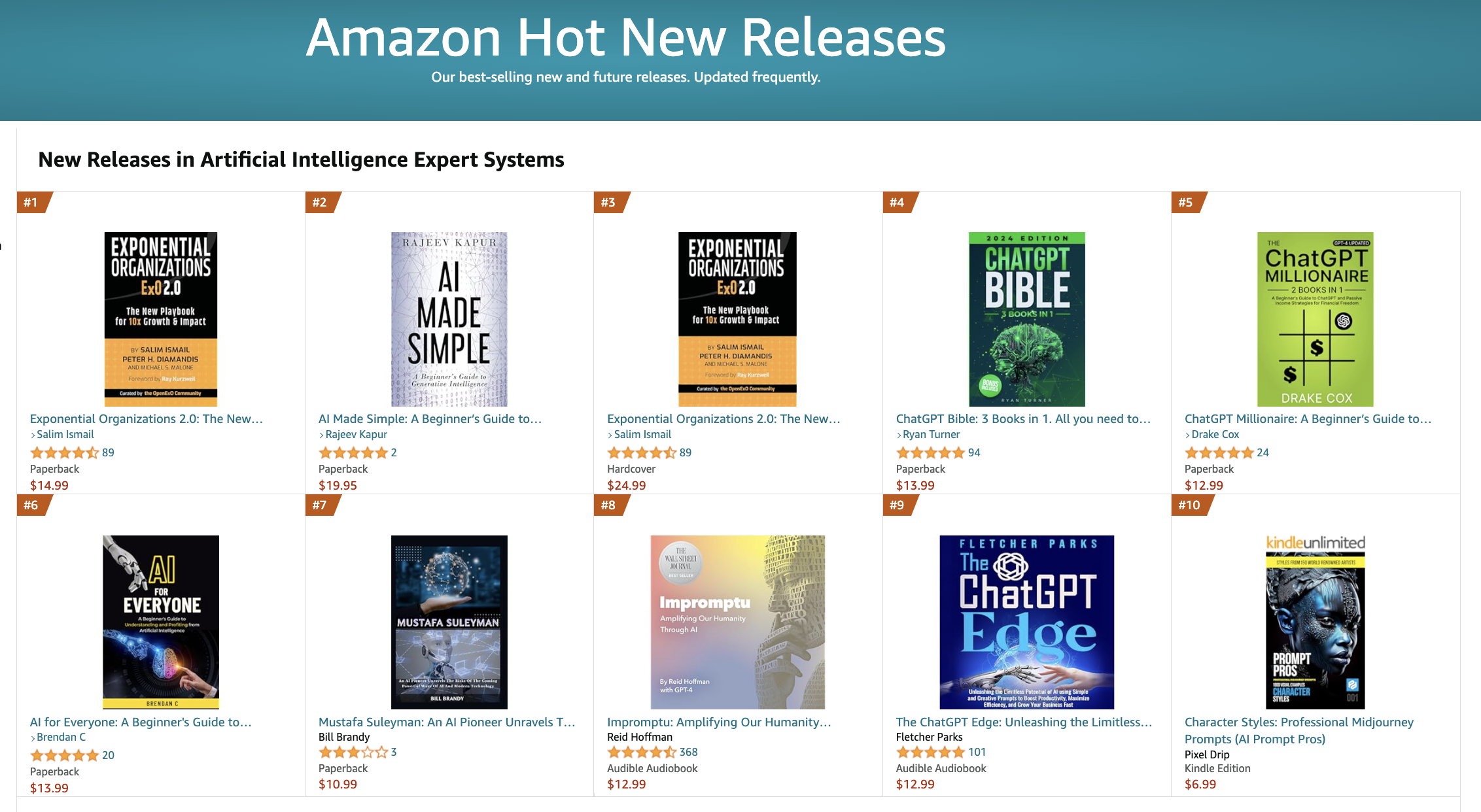
The Game-Changing Potential of the Falling Price of AI Inference: A Guide for Business Leaders
As artificial intelligence inference costs rapidly decline, businesses of all sizes can soon leverage AI's predictive power to unlock innovation, efficiency, and superior decision-making.
As artificial intelligence inference costs rapidly decline, businesses of all sizes can soon leverage AI's predictive power to unlock innovation, efficiency, and superior decision-making.
Imagine you're a detective trying to solve a case. You gather all available evidence, analyze it, and then make an educated guess - an "inference" - about what really happened. In artificial intelligence (AI), "AI inference" works similarly. After an AI system is trained on large amounts of data, it uses what it has learned to make predictions about new information. In other words, AI inference is the detective work of AI.
The Declining Cost of AI Inference
In technology, costs typically decrease over time. This trend applies to AI inference too. As technology improves, the expense of making AI predictions drops rapidly, mirroring the long-term reduction in computation costs across the tech sector.
To understand this pattern better, let's look at another industry that saw similar declines: solar power.
Historical Reductions in Solar Panel Costs
In 2018, MIT analyzed the cost trajectory of solar panels and discovered an intriguing pattern. Like AI inference costs, prices for solar energy have plummeted over time. The analysis cited two important concepts that provide a useful perspective on these trends: Gordon Moore's and Theodore Wright's theories.
Gordon Moore, Intel's co-founder, predicted that the number of transistors on a microchip would double about every two years, effectively halving the cost. This idea became known as Moore's Law and largely held true for computing. Theodore Wright proposed what we now call Wright's Law. He suggested that for each cumulative doubling of units produced, costs decrease by a consistent percentage. For solar panels, this "learning rate" was approximately 20% during the studied period.
The high learning rate drove dramatic reductions in solar panel pricing. As the MIT chart showed, costs fell from $0.38 per watt to just $0.006 per watt in four decades - a 99.6% decline. This brings us to a key question: What is the learning rate for AI inference?
Challenges in Calculating AI Inference's Learning Rate
Determining the learning rate for AI inference is less straightforward than for solar panels. While data on AI training costs exist, comprehensive information on inference cost changes over time is scarce. This is surprising because, in many cases, operating AI models post-deployment (inference) is far costlier than training them.
For example, Stanford's DAWNBench provides some inference cost benchmarks. However, the data is outdated and doesn't paint a complete picture of the cost trajectory. This lack of information makes calculating AI inference's learning rate challenging. But overcoming this obstacle could let us forecast future costs, much like we can for solar power.
Potential Business Impact
Understanding AI inference's cost trajectory has real-world implications for companies. Just as declining solar expenses revolutionized energy, continued reductions in inference costs could significantly affect businesses.
Cheap inference could democratize advanced AI, enabling companies of all sizes to deploy sophisticated models. This could lead to enhanced efficiency, innovative products and services, and superior decision-making.
In a world where data is the new oil, inference is the refinery turning raw data into actionable insights. As this refining cost drops, the value businesses can extract from their data rises.
Conclusion
A key question remains: What will AI inference's future cost curve look like? Will we see a rapid decline like solar power's dramatic drop over decades? Or will the pace of reduction slow?
While comprehensive data makes definitive forecasts difficult, the potential impact of this trend is substantial. As inference gets cheaper, AI capabilities will become more accessible. More people and businesses will leverage AI for predictions, boosting human productivity.
In the future, technology giants and niche industries won't be the only ones benefiting from AI. Small businesses, startups, and even individual users will harness its power too.
💡️ Learn More About Kent Langley on his YouTube Channel or Website
This AI democratization could unleash a wave of innovation and productivity we're only starting to envision. As AI inference costs evolve, it will be fascinating to observe how this could be a game-changer for organizations poised to capitalize on AI, and for people seeking more informed decisions.
#AIInference #AIRevolution #Innovation #Efficiency #DecisionMaking #TechnologyTrends #CostReduction #ArtificialIntelligence #TechAdvancements #BusinessTransformation #DemocratizationOfAI #DataAnalytics #AIforBusiness #PredictiveAnalytics #AIProgress #FutureTechnology #AIApplications #SmallBusiness #Startup #ProductivityBoost

Immerse yourself in the game-changing ideas of OpenExO.
Begin your journey here 🎟️ExOPass & 📚Exponential Organizations 2.0
ExO Insight Newsletter
Join the newsletter to receive the latest updates in your inbox.








